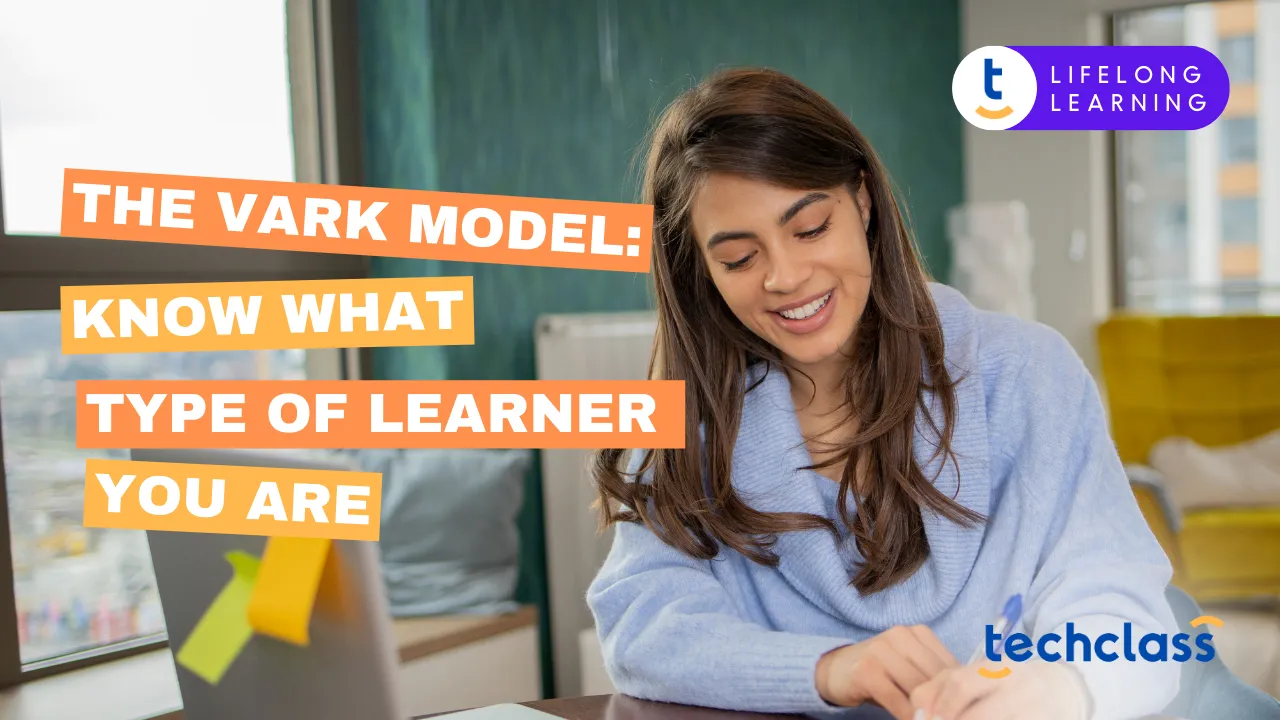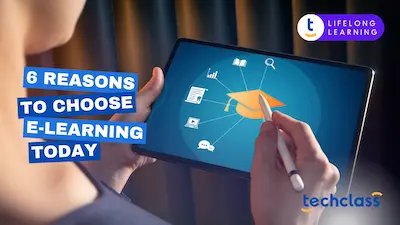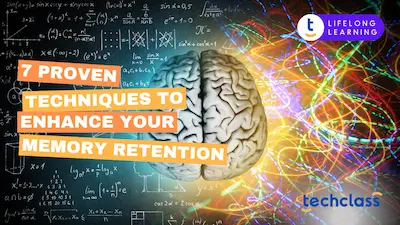
Learning Styles help to identify how people learn best. By understanding what your learning style is, you can tap into the ideal way to absorb more knowledge. The VARK Model of learning refers to four learning styles Visual, Aural, Read/Write, and Kinesthetic sensory modalities. Let’s explore these four learning styles and find out what type of learner you are.
The Visual Learner learns and retains best through seeing. It includes the depiction of information in a visual format that people use to represent what is otherwise presented in words. These include:
Unlike popular belief, the visual learning style does not refer to still pictures, movies, photographs, videos, or even PowerPoint presentations. For instance, a visual learner will learn better when a whiteboard is used to draw a chart, using symbols, or diagrams to show a relationship between two things rather than simply drawing boxes and writing information in it. Visual learners may prefer to use highlighters, and connectors, and create graphic organizers and diagrams to learn what is taught.
Aural also known as auditory mode is a preference for information that is either spoken or heard. Aural learners learn best from:
It can also include email which through is a reading and writing medium, that involves abbreviations, colloquial terms, and sometimes non-formal language in the chat style. Since Aural learners learn better by hearing information, they will prefer to sort things out by speaking first before sorting their ideas. They are also good at remembering things they are told. They tend to talk and read out aloud while also repeating things to retain them better.
People who learn best through reading and writing prefer information displayed as words. Text-based input and output including reading and writing in all forms including:
PowerPoint slides also tend to work better for people with this learning style as they contain text, sometimes more than visual symbols. Teachers and students usually have a strong preference for this mode of learning. Read/write learners also prefer to write or rewrite their notes and then read them to retain them. They may also convert diagrams into statements or lists.
Kinesthetic or otherwise known as tactile learners have a preference for learning through touching and doing by getting hands-on experience. Learners who prefer this learning style are more connected to reality. This can include:
Kinesthetic learners learn better from the experience of doing something and they value their own experiences. The key here is the reality of the experience such as it being held, tasted, grasped, and felt. An assignment detailing who will do what and when will be suited to these learners.
To know the type of learner you are, you need to evaluate yourself by asking a few questions. For instance, imagine that you are about to learn how to ride a bicycle. Analyze in which way will you learn best:
Visual learners can ask themselves if visualizing any information in their mind can help them retain it better. They may also pay close attention to aesthetics, body language, and art. Similarly, Aural learners should assess whether they create songs to help them remember information better. Or they would rather listen to class lectures and recordings than go over written notes.
Read and writing learners on the other hand should analyze if they enjoy making lists, notes, and presentations. They would also prefer reading textbooks and handouts. Kinesthetic learners will find themselves enjoying activities such as sports, painting, and cooking among other practical work. They can evaluate whether they practice doing something to learn it and if they like tasks that involve using and manipulating objects and materials. It will also be harder for tactile learners to sit still for longer periods without activity.
By analyzing your learning processes, you can gather whether you are a Visual, Aural, Reading or Kinesthetic learner. With this knowledge, you are more likely to invest in ways and resources that allow you to learn according to your learning style. It will also help to tap into your best abilities and retain what you have learned for the longest time. Happy learning and growing!
.webp)

